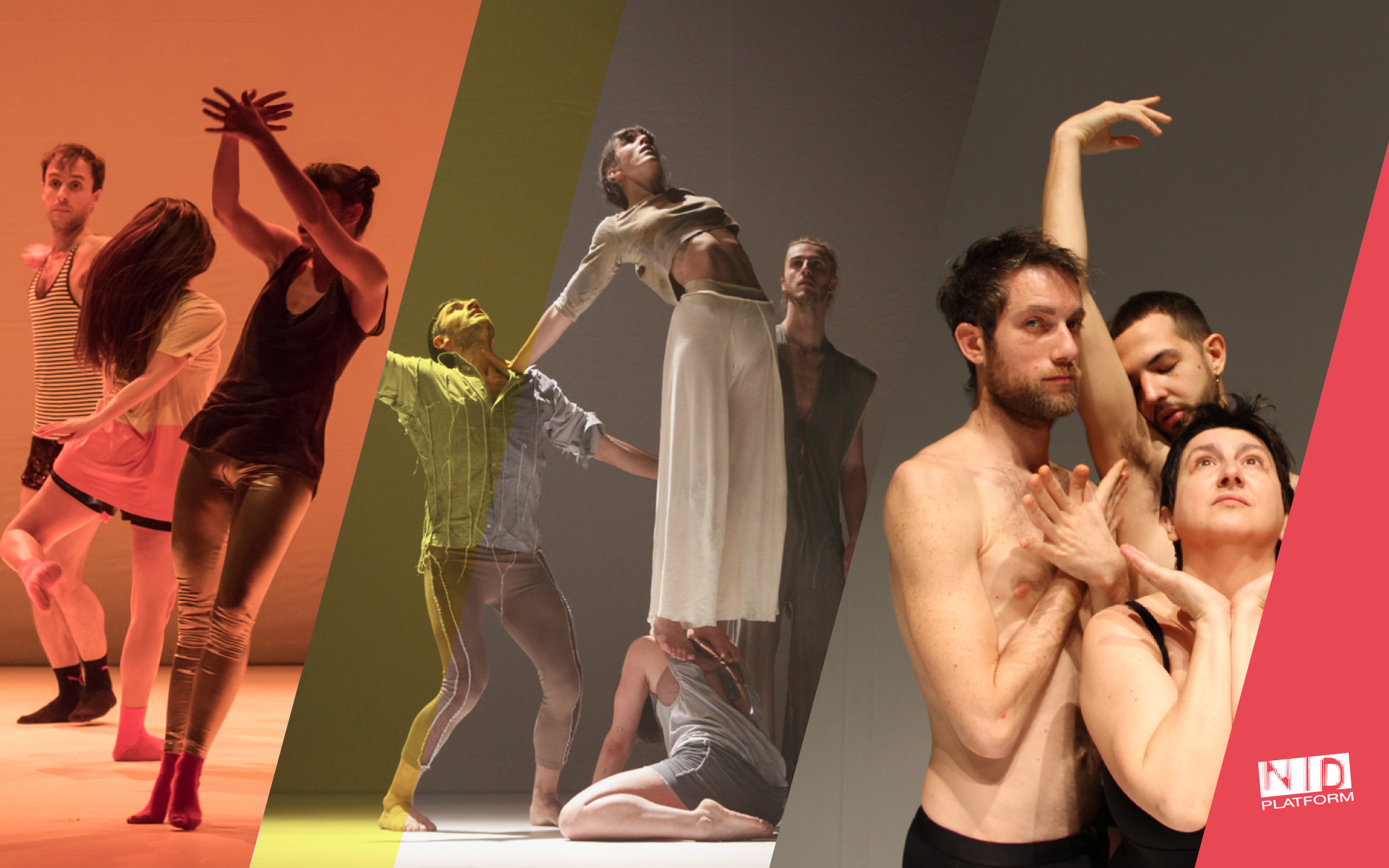NATALIA CASORATI: COMMISSIONER FOR NID PLATFORM 2017
Interview by Lisa Cadamuro – NID Platform staff
Natalia Casorati is the artistic director of Mosaico Danza. She is the curator and coordinator of a number of contemporary dance festivals in Turin and at the European level, and she is a member of the network Anticorpi XL. She is a member of several judging panels at the national and international level, and a commissioner of NID Platform 2017.
You have been appointed as a commissioner for NID Platform 2017. Had you heard about this project before? What are its strengths, in your opinion?
I know this project pretty well and I think is an excellent one. It has been evolving and refining itself over the years, thus giving valuable opportunities to the artists and enhancing their visibility abroad.
Do you believe that nowadays there is a new creativity in Italian dance?
I do, but it is hard to map young creativity. Certainly nowadays young people enjoy better opportunities compared to the past: just think of the actions of the network AnticorpiXL, specifically dedicated to the young “danz’autori” (dancers/authors). I believe that we have several talents, some of them very young and some of them less so, and that we should not stop monitoring them and helping them grow.
What are your expectations from the companies and shows which will apply to NID Platform 2017?
I hope that it will be possible to select all kinds of dance, as it is usually the case for platforms around Europe, making room for well established companies alongside with emerging young artists with a significant authorial course.
What are the problems that the Italian dance sector is currently facing, and what would you suggest in order to overcome these obstacles?
I read what Giacomo Cirella said in reply to this question and I endorse his view entirely: dance is still not considered on the same level as drama and music and the funding from the Ministry, albeit important, is not enough. And this poses a heavy burden, especially on the years of training and growth. As far as the presence of Italian dance on the international scene is concerned, I think it would be useful to envisage sort of a “traverl boursary” in order to support the trips of younger companies, such as those which are invited abroad by at least three international entities: in many countries that is how things work for young people. This enhances the enterpreneurial skills of the artists, encouranging them to find ways of self-promotion.
What sort of advice would you give to a young Italian choreographer/dancer?
Study, practise and train, and most of all be curious. Young people should go to the theatre and see as many shows as possible.
One of the newest developments in NID Platform 2017 is the effort to find a point of contact with the public. Does such a thing as a “public of contemporary dance” exist? If so, what can NID Platform offer to this public?
Sure, it does exist, and we should definitely reach out to this public. But it is also true that our effort in programming should be met by a curious public, people willing to “watch”, get into the flow without caring too much about understanding and categorising everything they see., and just give in to the emotion. A dance platform is a realistic cross section of what is being produced on the ground: some companies – some choreographers – have chosen courses which are closer to more formal languages, others are more physical, others prefer to explore new paths, and take risks with regard to choreaographic research. Our task vis-à-vis the public is to always preserve the quality of the artistic product, respecting the different poetics.
